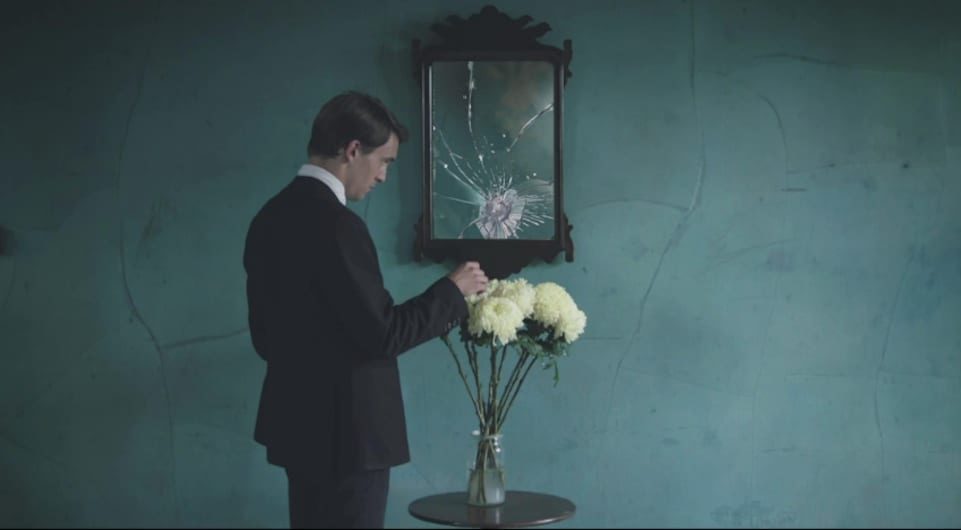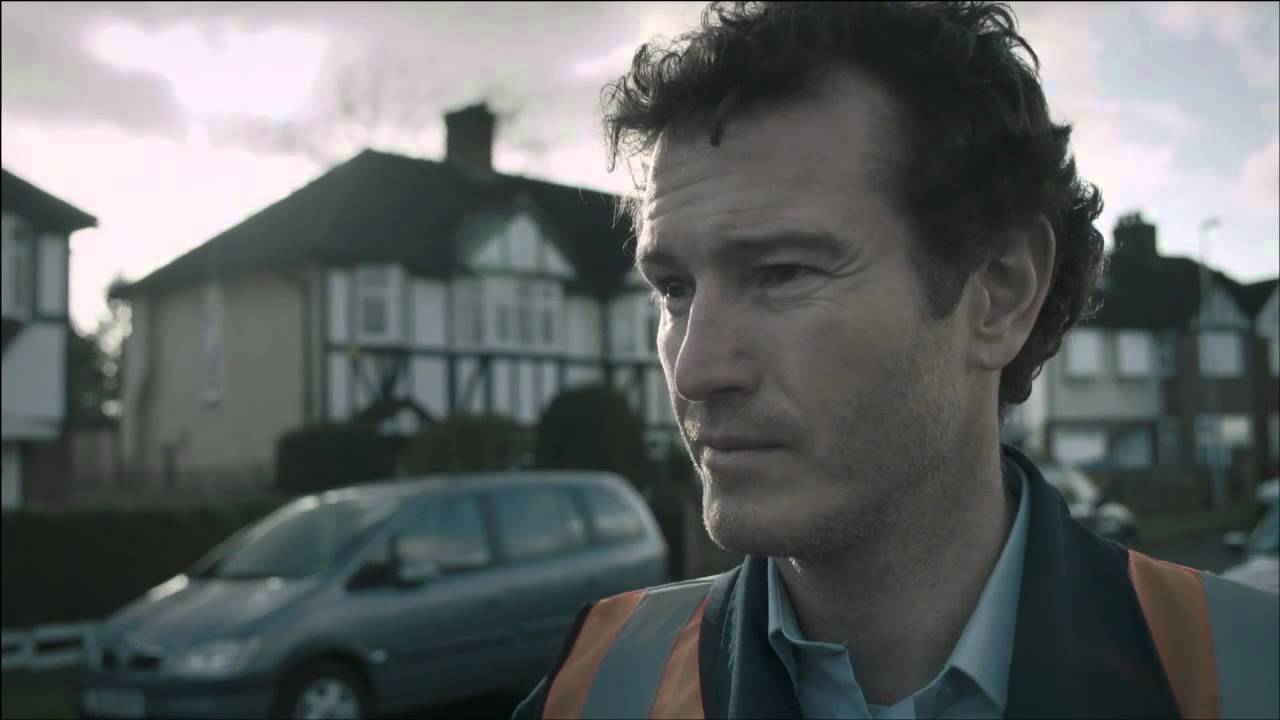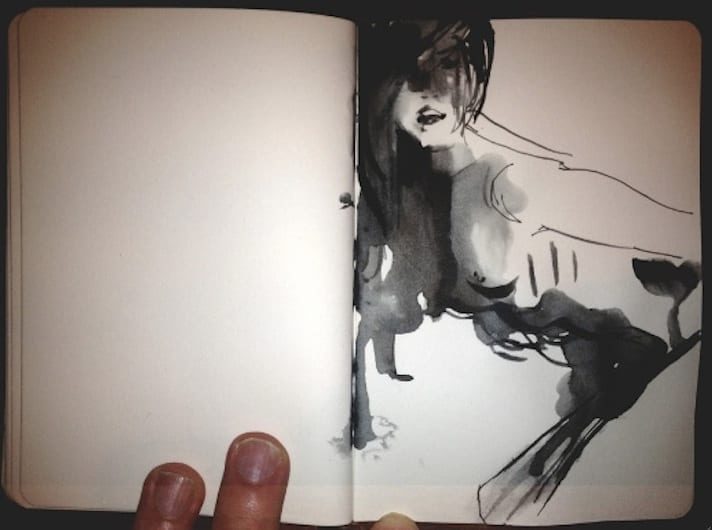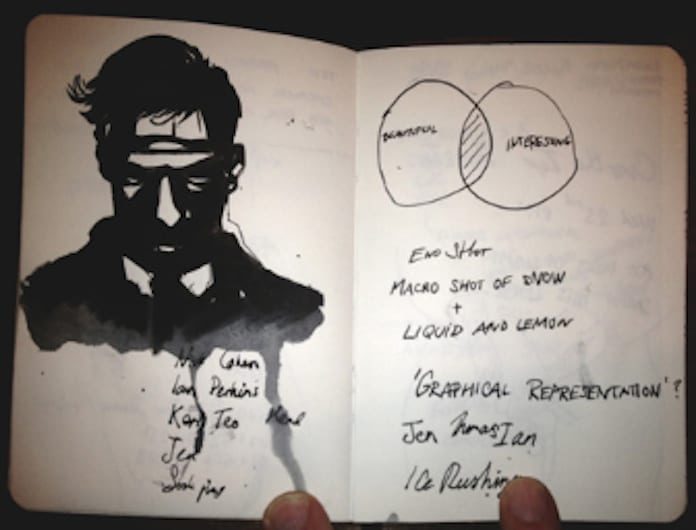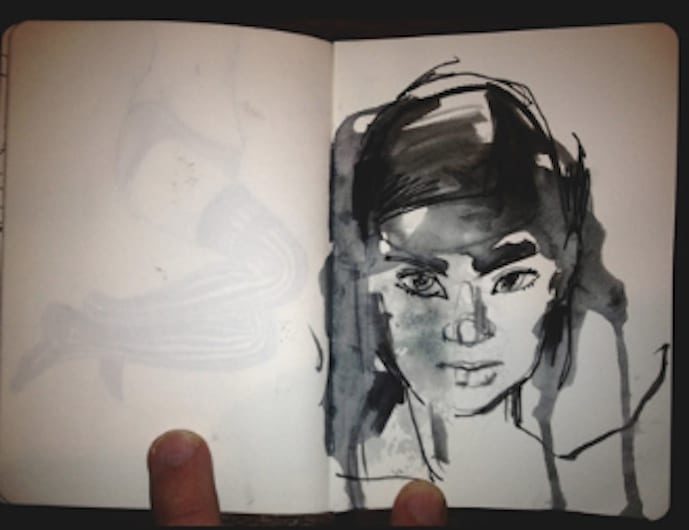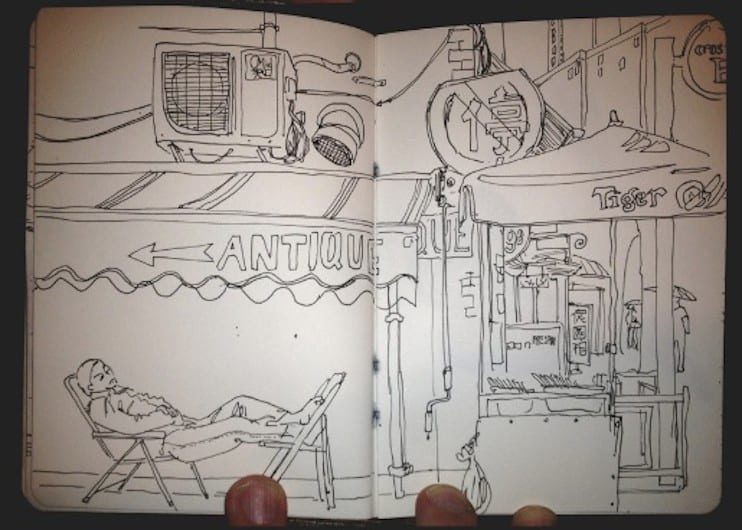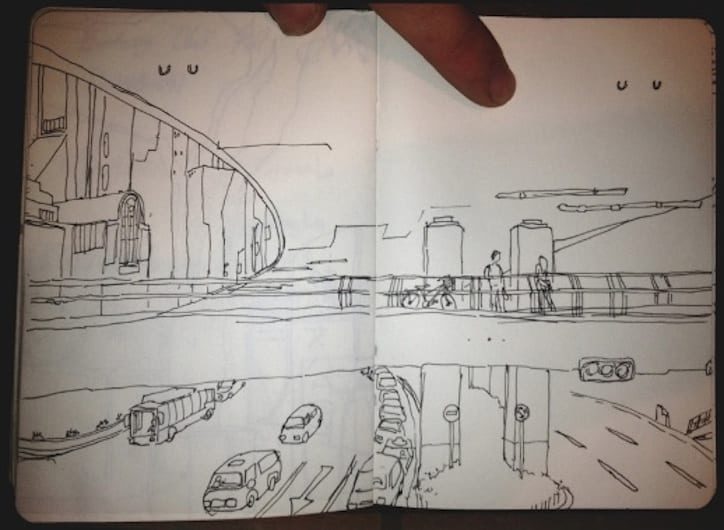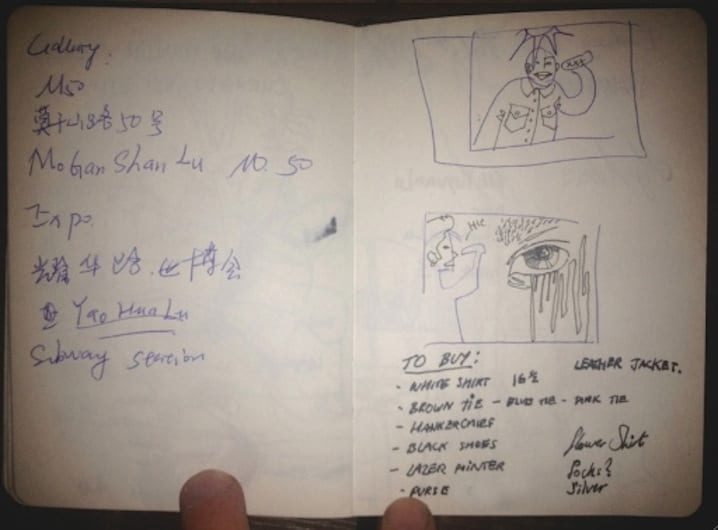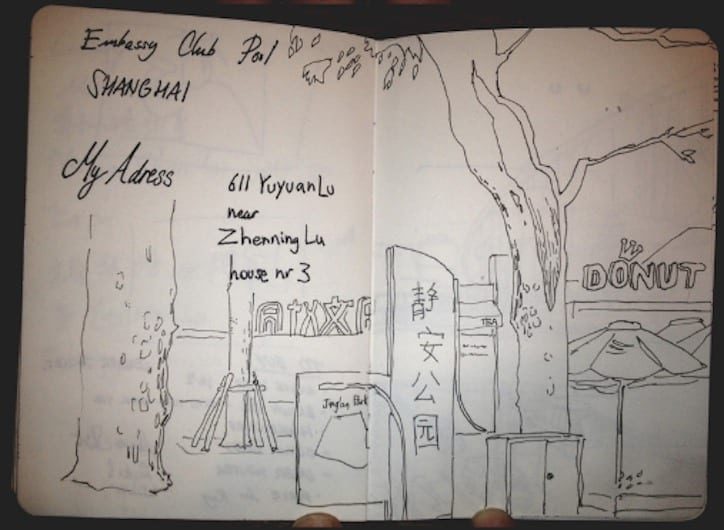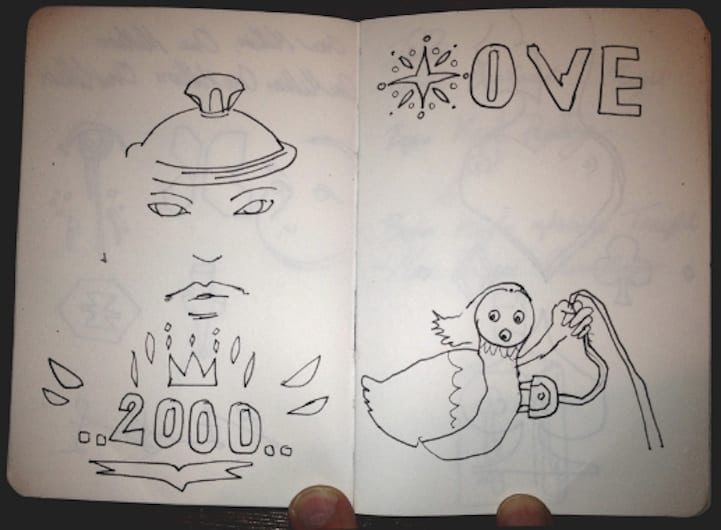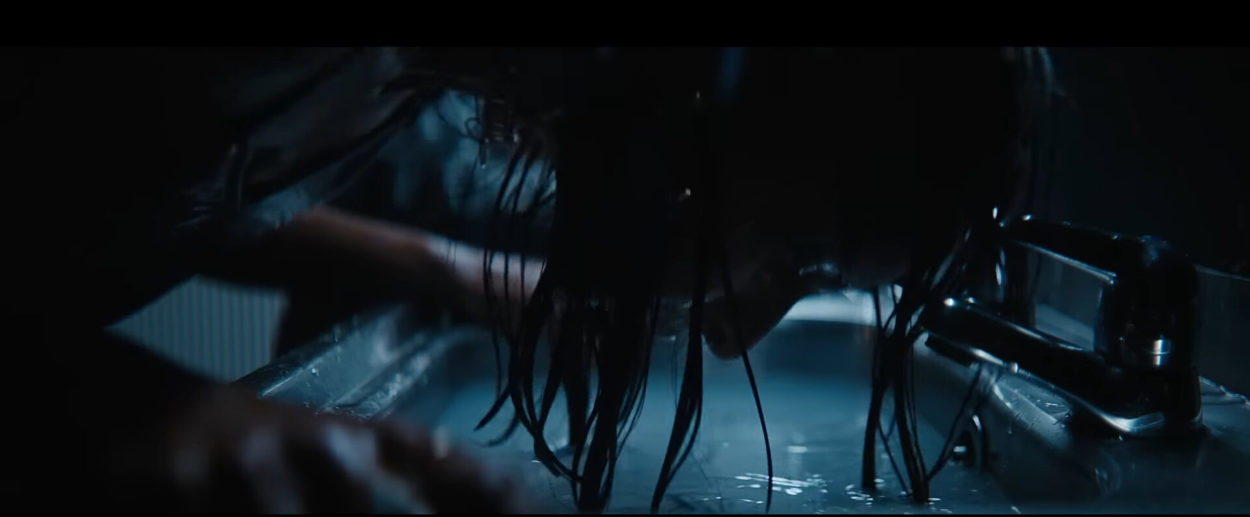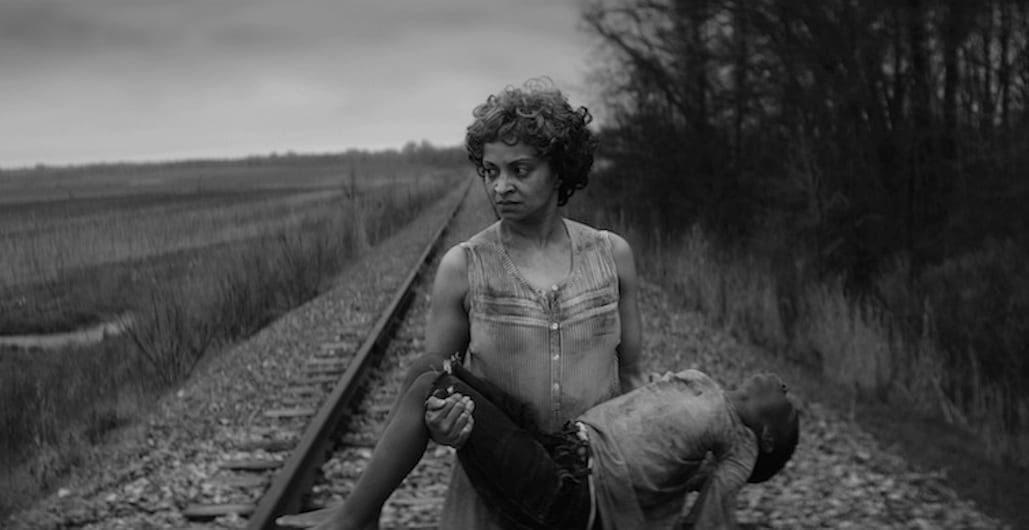What drove you from animation to live action direction? Was animation always a substitute in your mind or was it a specific creative tool for a specific set of circumstances and concerns that you moved beyond? It’s always interesting when directors move from animation to live action (Christian Bevilacqua at Stink for instance or David Wilson’s gradual transition at Blink). Is there’s a natural love-cycle with it because it’s such a time consuming process?
Haha ‘love-cycle’ is an accurate observation, what begins as a pleasant, meditative, humbling and immersive experience can get really fucking boring fast. Especially if you’re like me and have the attention span of a ritalin deprived 8 year old ADD child. Also, as my career has evolved so has my ambition to create more important, or emotionally substantial work. A 5sec ident for MTV Base is great when you’re in your 20s and enjoying the aesthetics of design for its own sake, but as mortality creeps up on you, you realize you want to express something slightly more profound. Film has an ability to provoke a more direct emotional response than most animation and is taken more seriously as it speaks to a larger audience.
Having said all this I still use everything I learnt in animation in my films. Large chunks of my films are actually animation – often photos are cut up and animated in After Effects. Also when in the offline process I can get geeky to the point we’re cutting, splicing, and repeating certain frames to create an effect.
On the subject of love (and jumping ahead in your work chronologically) there’s a really intriguing sentiment in the narration for your short film Worship: “love is insatiably greedy as well as generous and that side of it shakes the roots of our personalities through anxiety, through fear.” Is this a belief you hold yourself? That love is always and unavoidably tied to anxiety?
This is quite a complex statement. In the film I used the quote slightly out of context and put it into a more poetic environment to create something more emotive. The original statement is a mixture of psychiatry talk and philosophy. It talks about love in its wider forms of expression, generosity and anxiety will always be in a constant state of friction. Anxiety refers to the never-ending fear we have of being hurt by others and generosity our desire to help others.
Love can be unfathomably greedy, implacably vengeful in its demand in the heart of the neglected child for the compensatory perfect care it has a right to. When these feelings are not shared with others as conscious articulate reproach it can be devastating. The energy in one person’s anxiety is so dangerously powerful it can affect millions as was the case of Hitler in the 30s.
Was it particularly hard to shoot such a personal project and put it out there for others to see?
Nope it was awesome. Many people when hurt find a release by telling a therapist or someone about it… well I told thousands. I’ve done so many interviews about it now I’ve almost got bored talking about it… which I think is kind of a good place to be in.
The hard bit was the technical aspect of film making – weaving it into a story that people found interesting rather than too self indulgent. On top of this when making a film so close to your heart its very easy to miss out communicating certain important points to the story, because you subconsciously assume the audience knows them already. The first cut I showed to friends I think they thought I was mad… even for an arthouse film it wasn’t making much sense.
I had some great support in Great Guns though. I remember the Head of Production at Great Guns, Sheridan Thomas giving me a seat and telling me to write down in three sentences what I’m trying to say. In doing so I realized I hadn’t communicated the narrative at all so went back to re-cut it into something much stronger.
Whilst all this was hard the benefit was I had a conviction in what I was saying. This helped convey an honest emotion that pours out of the film.
There are several strong thematic connections between your shorts Stamen, Worship and, most recently, 82 – rather primal urges relate to sex and violence. What is it about these elements of human identity that interest you? Is it in part the idea that these are the most uncontrollable instincts – the delicate balance between the various areas of the Freudian / Jungian psyches? And are you more inclined towards one of the big two psychoanalysts?
Sex, death, and violence seem to be at the core of me, I wish I could blame it on a tragically deprived upbringing but I can’t. They are like a personal truth which I discovered in the world at quite a young age. I think some of my earliest memories are of watching Postman Pat and knowing something was a lie… if I knew the word at that time I would have called ‘Bullshit’ on it. Whilst that insight was fairly Freudian I am the son of a Jungian analyst and the grandson of a Church of Scotland minister so Jung’s theories are always going to be more interesting to me.
Your latest short, 82, is a more traditionally narrative piece yet still draws on these flashes of inner psychology that reveal the character of your male lead. It feels like you’re reaching a point of clarity as to where your voice as a director sits. Or will your next project, Liquid Spirit, pitch off on an unexpected creative tangent?
Yes as soon as I read Alexei’s script I was excited by the potential of this character. As we developed the script I was keen to add scenes that explored his sociopathic attitude and as with Worship used more experimental ideas to represent that. For me artistic experimentation is the secret to expressing a more emotionally visceral experience from the narrative, this is a key factor in my voice.
Liquid Spirit is no different to that and also deals with similar themes of sex and death. However both the commercial and artistic sides of it will be fully realized; the narrative will speak for itself (without VO) and the film will literally look like a painting. I am EXTREMELY happy with it.
Alongside the sketches you post on your Tumblr you’ve also shared some of your art pieces. Would you say your work has a specific style? In places there are flashes of Rorschacht’s ink blots that connect some of the work back to your short films. Do you see a connection between the two?
That’s interesting I had never consciously noticed the similarity between Rorschacht’s ink blots and my painting. But there is a shared idea there.
The general concept of my artwork is to portray a figurative image in as abstract way as possible. It uses the beauty of the way the paint drips and splashes to obscure the true image. I like the idea that the viewer is challenged for a few seconds to work out what they’re looking at. The obscurity definitely ties in with the Rorschacht’s ink blots, it allows the viewer to write their own narrative into the image, which makes it into a much more interesting piece.
This expressive form of communication is also used in film. By encouraging a bit of the audience’s imagination the work can become more engaging and thoughtful.
Although I may use the term ‘director’ when filling out my tax forms, in truth I am an artist working in a variety of mediums.
LINK:
